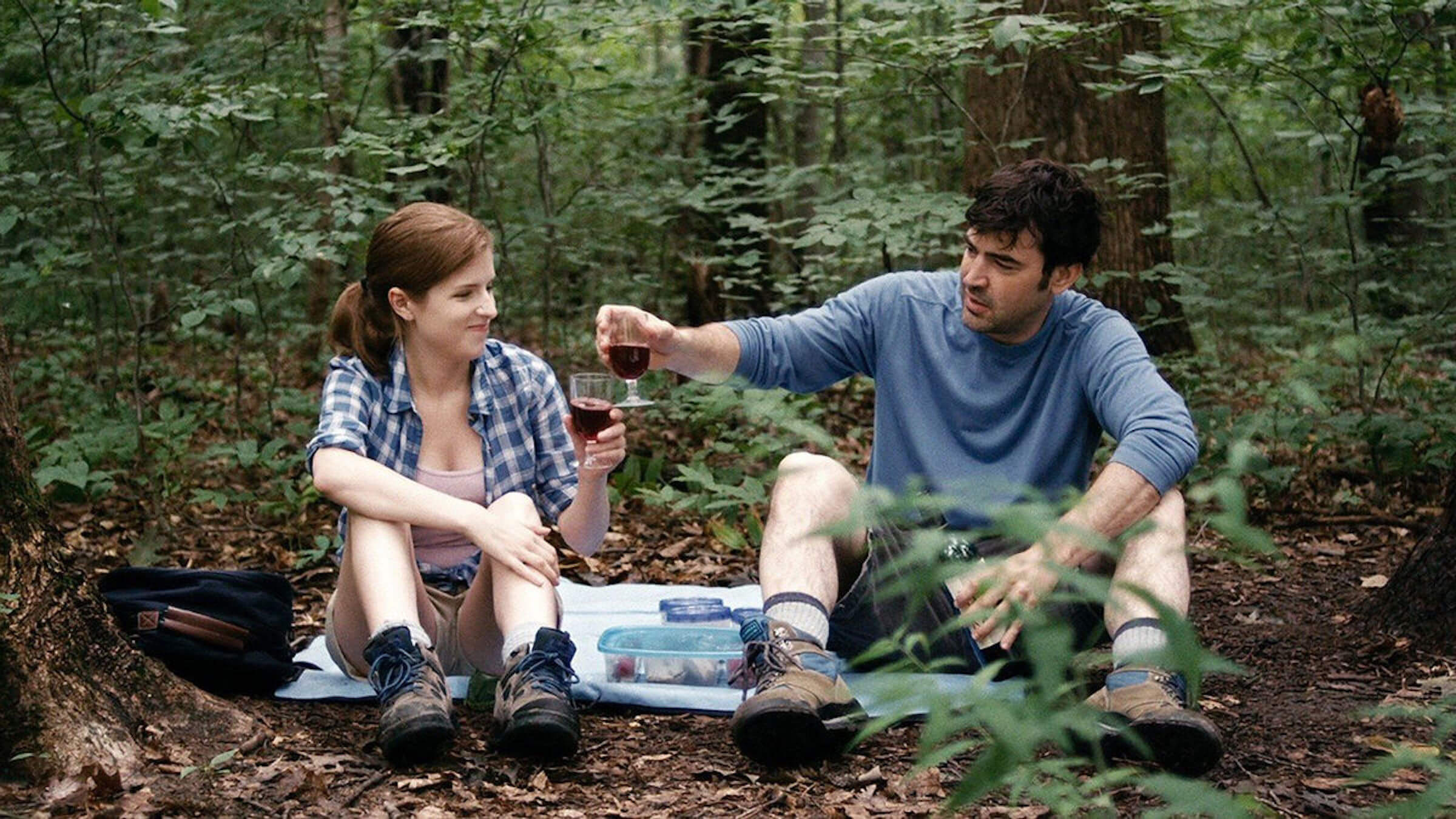Sign up for the
TSL Newsletter
and get $50 off Final Draft 12
By Ken Miyamoto · May 1, 2024

The term mumblecore started as a joke but has since defined not just a new designated twenty-first-century genre of film but also a generation of filmmakers.
Characterized by its low-budget aesthetics, naturalistic acting, and emphasis on dialogue over plot, mumblecore has carved a niche for itself in the indie film landscape. These are movies that have no real driving plot dynamics. There’s conflict, but nothing that leads to the normal cinematic three-act structure we’ve grown accustomed to in film. There are character arcs, but none that resemble a hero’s journey structure.
Instead, we’re peaking into the lives of characters and their relationships as they mumble lines of dialogue that seem pulled from the realistic monotony of everyday life.
At the 2005 South by Southwest (SXSW) Film Festival in Austin, Texas, sound designed Eric Masunaga was in a bar and was asked about the similarities between three films that entered the film festival—Joe Swanberg’s Kissing on the Mouth, Andrew Bujalski’s Mutual Appreciation, and Jay and Mark Duplass’s The Puffy Chair. Masunaga stated that the common element of the three films was the mumbling characters.
Director Andrew Bujalski, considered by many to be the “Godfather of Mumblecore” movies (a designation and term he hates), told The Guardian:
“I made the error of repeating to a journalist what Eric had said. Though I did say that there wasn’t a movement and that even if there was, this would be a ridiculous name for it.”
The directors and writers connected with the mumblecore genre (or mumblecore movement) usually dismiss it. The term would eventually become a marketing point for distributors of those types of movies.
Read More: What Is Blaxploitation? Understanding the American Film Movement
What a mumblecore movie is has been a highly debated topic amongst film lovers. The term itself can often cause rolling of the eyes among naysayers who believe that there’s no such thing as a mumblecore movement.
That said, the most common elements of mumblecore movies include:
Mumblecore is all about the art of subtle character-driven storytelling, focusing on the minutiae of everyday life and dealing with themes of relationships, existential angst, and the unfiltered realities of young adulthood.
Read More: Why 1974 Might Be the Greatest Year in Screenwriting
Unlike high-drama counterparts, mumblecore films often feature non-professional actors and improvised dialogue, making their narratives feel like conversations with your best friend at a diner.
Some films within the genre—like Bujalski’s Drinking Buddies (2013—utilize some more well-known actors. But the budgets are always ultra-low, the film shoots are usually shot within a couple of weeks, and the casts are given a lot of freedom with the dialogue.
Early influencers of mumblecore movies would be Richard Linklater (Slacker, Dazed and Confused, Before Sunrise) and Kevin Smith (Clerks). If you watch their movies, you’ll see the roots of the contemporary twenty-first-century mumblecore movement, before mumblecore was even a word.
As you can tell, it’s difficult to define a mumblecore movie, but you always know one when you see one. With that in mind, here are ten must-see mumblecore movies.
Screenplay by: Andrew Bujalski
Logline: A young woman navigates the awkward waters of post-college life, love, and employment in this seminal Mumblecore film that feels almost documentary-like in its realism.
Screenplay by: Mark Duplass and Jay Duplass
Logline: A road trip to deliver a giant purple chair turns into an introspective journey for a man, his girlfriend, and his brother, exploring the quirks of relationships and family dynamics.
Screenplay by: Andrew Bujalski
Logline: A struggling musician tries to find his footing in New York, navigating friendship, love, and the quest for artistic recognition in this dialogue-driven narrative.
Screenplay by: Joe Swanberg, Greta Gerwig, and Kent Osborne
Logline: A young intern’s romantic and professional life becomes intertwined as she becomes involved with three co-workers, exploring the fluidity of relationships and self-discovery.
Read More: A Chronological Timeline of Greta Gerwig’s Writing
Screenplay by: Mark Duplass and Jay Duplass
Logline: A blend of mumblecore and horror, four struggling actors retreat to a cabin to write a film that will star themselves, only to be terrorized by a figure with a bag over its head.
Screenplay by: Greta Gerwig and Joe Swanberg
Logline: A raw look at a long-distance relationship and its complexities, focusing on the moments of intimacy and distance between a couple.
Screenplay by: Lynn Shelton
Logline: Two straight male friends dare each other into starring in an amateur gay porn film, exploring boundaries and the nature of friendship in a humorous yet poignant way.
Screenplay by: Joe Swanberg
Logline: Colleagues at a craft brewery blur the lines between friendship and something more, in a film that explores the complexities of romantic attraction and relationships.
Screenplay by: Noah Baumbach and Greta Gerwig
Logline: A New York-based aspiring dancer, who doesn’t dance, navigates life, friendship, and dreams in this black-and-white ode to modern bohemian life.
Read More: Writer/Director Noah Baumbach Discusses While We’re Young
Screenplay by: Mark Duplass
Logline: Two high school sweethearts reunite by chance in their hometown, leading to an intimate and nostalgic 24 hours that reignite old feelings and memories.
Read More: Quarter Life Crisis: Movies To Help You Navigate Your 20s